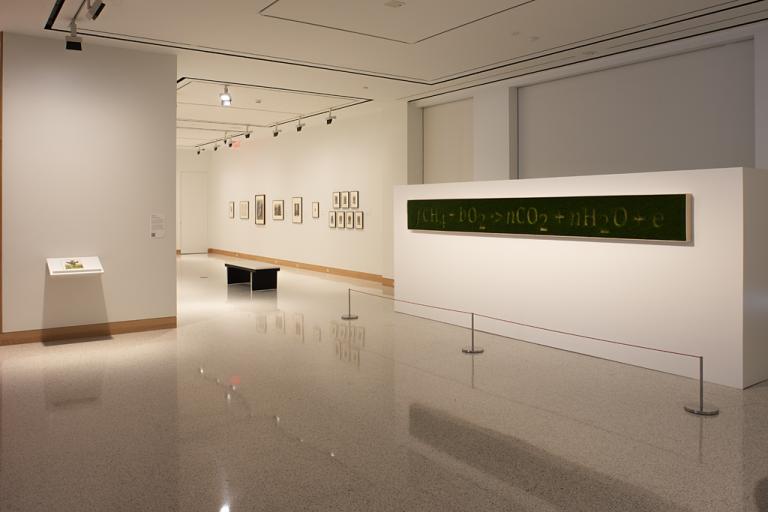Flaws are Opportunities, Mark Kostabi
Artwork Overview
Mark Kostabi, artist
born 1960
Flaws are Opportunities,
1983
Where object was made: New York, United States
Material/technique: charcoal; possibly pastel; graphite; possibly crayon; paper; ink
Dimensions:
Sheet/Paper Dimensions (Height x Width): 28 x 21.6 cm
Sheet/Paper Dimensions (Height x Width): 11 x 8 1/2 in
Mat Dimensions (Height x Width): 19 x 14 in
Sheet/Paper Dimensions (Height x Width): 28 x 21.6 cm
Sheet/Paper Dimensions (Height x Width): 11 x 8 1/2 in
Mat Dimensions (Height x Width): 19 x 14 in
Credit line: The Helen Foresman Spencer Museum of Art, The University of Kansas, The Dorothy and Herbert Vogel Collection: Fifty Works for Fifty States, a joint initiative of the Trustees of the Dorothy and Herbert Vogel Collection and the National Gallery of Art, with generous support of the National Endowment for the Arts and the Institute of Museum and Library Services
Accession number: 2009.0056
Not on display
If you wish to reproduce this image, please submit an image request




